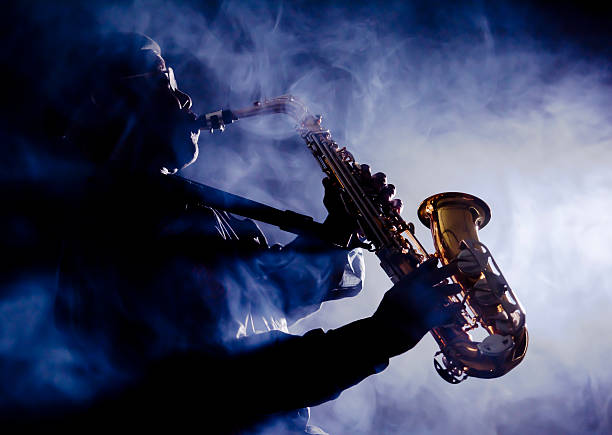- Get link
- X
- Other Apps
Jazz is a genre of music that originated in the late 19th and early 20th centuries in African American communities in the United States, particularly in New Orleans. Known for its improvisation, syncopation, and distinctive rhythms, jazz has become one of the most influential and celebrated music genres of all time. From its early roots in ragtime and blues to its evolution into various subgenres and fusion with other musical styles, jazz continues to captivate audiences with its rich history and expressive nature.
The origins of jazz can be traced back to the unique cultural blend found in New Orleans, where African, European, and Caribbean musical traditions converged. It was in this vibrant musical melting pot that jazz musicians began experimenting with combining elements of ragtime, blues, spirituals, and brass band music. One of the defining characteristics of early jazz was its emphasis on collective improvisation, where musicians would interact and respond to each other in real-time, creating spontaneous and dynamic performances.
As jazz gained popularity, it spread across the United States and became an integral part of the Harlem Renaissance in the 1920s. The era saw the rise of legendary jazz figures such as Louis Armstrong, Duke Ellington, and Ella Fitzgerald, who brought jazz to new heights of creativity and innovation. Armstrong's virtuosic trumpet playing and distinctive gravelly voice, Ellington's sophisticated compositions and arrangements, and Fitzgerald's unparalleled vocal talents became iconic representations of the genre.
In the 1940s and '50s, jazz underwent a series of transformations with the emergence of bebop, a subgenre characterized by fast tempos, complex harmonies, and intricate improvisation. Musicians like Charlie Parker, Dizzy Gillespie, and Thelonious Monk pushed the boundaries of jazz, introducing unconventional chord progressions and intricate melodic lines. Bebop laid the foundation for subsequent developments in jazz, including cool jazz, hard bop, and modal jazz, each with its own unique sound and approach.
The 1960s and '70s witnessed the fusion of jazz with other genres such as rock, funk, and soul, giving birth to subgenres like jazz fusion and jazz-rock. Artists like Miles Davis, Herbie Hancock, and Chick Corea embraced electric instruments and incorporated elements of rock and funk into their compositions, creating a new and exciting sound that appealed to a broader audience.
In recent decades, jazz has continued to evolve and adapt, incorporating influences from world music, hip-hop, and electronic music. Contemporary jazz artists such as Kamasi Washington, Robert Glasper, and Esperanza Spalding have embraced a diverse range of musical styles and pushed the boundaries of the genre, blurring the lines between jazz and other genres.
Jazz's enduring appeal lies in its ability to capture a wide range of emotions and moods. From the joyous and energetic swing of the big band era to the introspective and contemplative nature of modal jazz, the genre offers a unique musical experience that transcends boundaries. It celebrates individual expression, encourages improvisation, and provides a platform for musicians to engage in spontaneous musical conversations.
Moreover, jazz has also played a significant role in promoting cultural exchange and social change. It has served as a medium for African American musicians to express their experiences and challenge social injustices, particularly during the civil rights movement. Jazz has also fostered cultural exchange between musicians from different backgrounds, as seen in collaborations between American jazz musicians and artists from around the world.
Today, jazz continues to thrive through live performances, recordings, and jazz education programs. Festivals and jazz clubs around the world attract both established artists and emerging talents, ensuring that the genre remains vibrant and relevant. Its timeless appeal and ability to connect with audiences on a deep emotional level have cemented jazz as one of the most cherished and respected forms of artistic expression.
In conclusion, jazz is a genre that has left an indelible mark on the musical landscape. From its humble beginnings in New Orleans to its global influence and evolution, jazz has captivated listeners with its improvisation, creativity, and rich history. Whether it's the soulful melodies of a saxophone, the intricate rhythms of a drum kit, or the expressive vocals of a jazz singer, the beauty and complexity of jazz continue to inspire and enchant audiences worldwide.
- Get link
- X
- Other Apps

Comments
Post a Comment